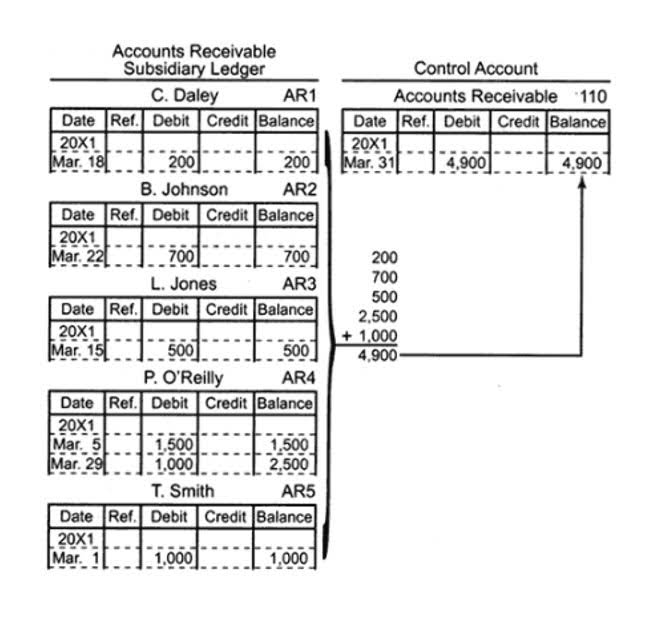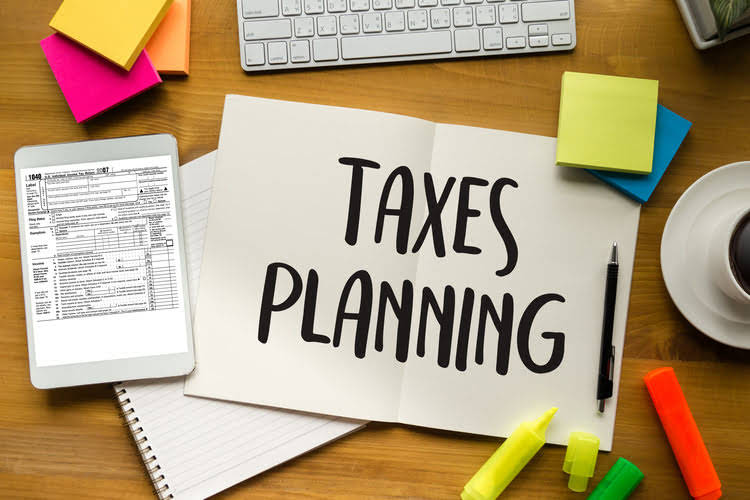
Find the average annual operating cost by calculating each month individually. You should calculate other expenses like startup costs and marketing costs separately. If a company has to halt production, they still have to pay rent each month. Rent is a fixed cost because it occurs regardless of increases or decreases in the company’s activities. Operating expenses (OPEX) include the selling, general, and administrative expenses of a business.
- Business owners should be strategic about cutting business expenses related to operations.
- It is calculated by dividing operating expenses (excluding depreciation and amortization) by total revenue.
- Businesses should have these expenses categorized in bookkeeping systems, so that they can easily run reports and financial statements.
- This can significantly reduce a business’s taxable income and save them money on taxes.
- Therefore, managing these costs effectively often equates to enhancing the business’s sustainability.
Try QuickBooks Accounting Software for Small Businesses Free for 30 Days
Operating costs are the daily Accounting for Churches expenses that keep your small business running. They include everything from replenishing office supplies, the rent you pay for your workspace, and less obvious costs like depreciation. They show up on your income statement, the financial report that lists your company’s revenues and expenses over a period of time.
- This approach can be put into effect using data on operating costs of let’s say players in the same sector/ industry or a given standard of operating costs set.
- Operating expenses represent the general costs of running a business, while the cost of goods sold (COGS) refers specifically to the direct costs involved in producing goods or delivering services.
- These expenses, unlike operating expenses that are deducted from revenue in the year they are incurred, can be deducted from taxes over a period of years.
- This process allows companies to track their spending and compare it with their actual performance.
- Grant Gullekson is a CPA with over a decade of experience working with small owner/operated corporations, entrepreneurs, and tradespeople.
Operating Costs: An In-depth Analysis of Business Expenses

Companies should try to minimise operating expenses to generate higher operating profits. In conclusion, understanding the components of operating expenses is crucial for businesses to effectively manage their finances. A clear insight into these costs helps businesses make informed decisions and implement strategies to optimize their resources and drive growth. Non-operating expenses are also recorded on the income statement, but they occur below the line that separates operating income from non-operating income. This distinction is essential for understanding a company’s core business performance, as non-operating expenses do not reflect the cost of producing goods or rendering services. The total operating cost of Microsoft Inc must be analyzed over different quarters in order to understand whether Microsoft Inc is managing its operating costs effectively.

Components of Operating Expenses

Businesses should have these expenses categorized in bookkeeping systems, so that they can easily run reports and financial statements. Operating expenses, commonly known as OpEx, are the costs that a business incurs through its normal operations. These expenses are essential for analyzing a company’s operational performance and efficiency. Understanding the various components of operating expenses is crucial for businesses to manage their costs and determine the impact they have on overall performance.
- Indirect costs cover expenses like rent, utilities, payroll, and office supplies.
- When a business borrows money, it comes with the cost of paying interest and finance charges.
- Operating cost ratios are financial tools used to measure the efficiency of a firm’s expenditure.
- Should your demand or prices fluctuate over the period you’re looking at, you may need to calculate average costs or use other methods to reach accurate figures.
- These costs can contribute towards economies of scale to a greater extent and can be direct or indirect.
Operating Expenses Formula

However, they choose to capitalize the cost and depreciate it over its five-year useful life, deducting $2,000 in depreciation expense per year. Capitalizing the expense adjusting entries spreads it out over five years, reducing their taxable income in each of those years and saving them money on taxes. Another strategy that businesses often use to optimize their financial situation is inventory financing, which involves using their inventory as collateral to secure a loan. This can provide working capital to manage operational expenses and growth opportunities. When businesses look at areas to cut costs, marketing can sometimes seem like an expensive luxury, but investing in marketing your business is essential in securing ongoing growth. Instead, you can optimize what you spend by finding the right balance between the types of advertising and media that you use, making sure you maximize your return on investment.
Formula for Calculating Operating Costs

By the end, you’ll have a comprehensive understanding of how to manage and control your business’s operating costs effectively. Depreciation allocates the loss of value in fixed assets over a period of time. Hence, depreciation is considered the costs of operating a business are called an operating expense on a company’s income statement. Operating expenses are all the normal costs of running a business and are divided into both fixed costs and variable costs. Most operating expenses are tax-deductible, so it’s important to track and categorize your operating expenses so you can make the most of your tax return. Another important type of operating cost ratio is the Variable Expense Ratio.